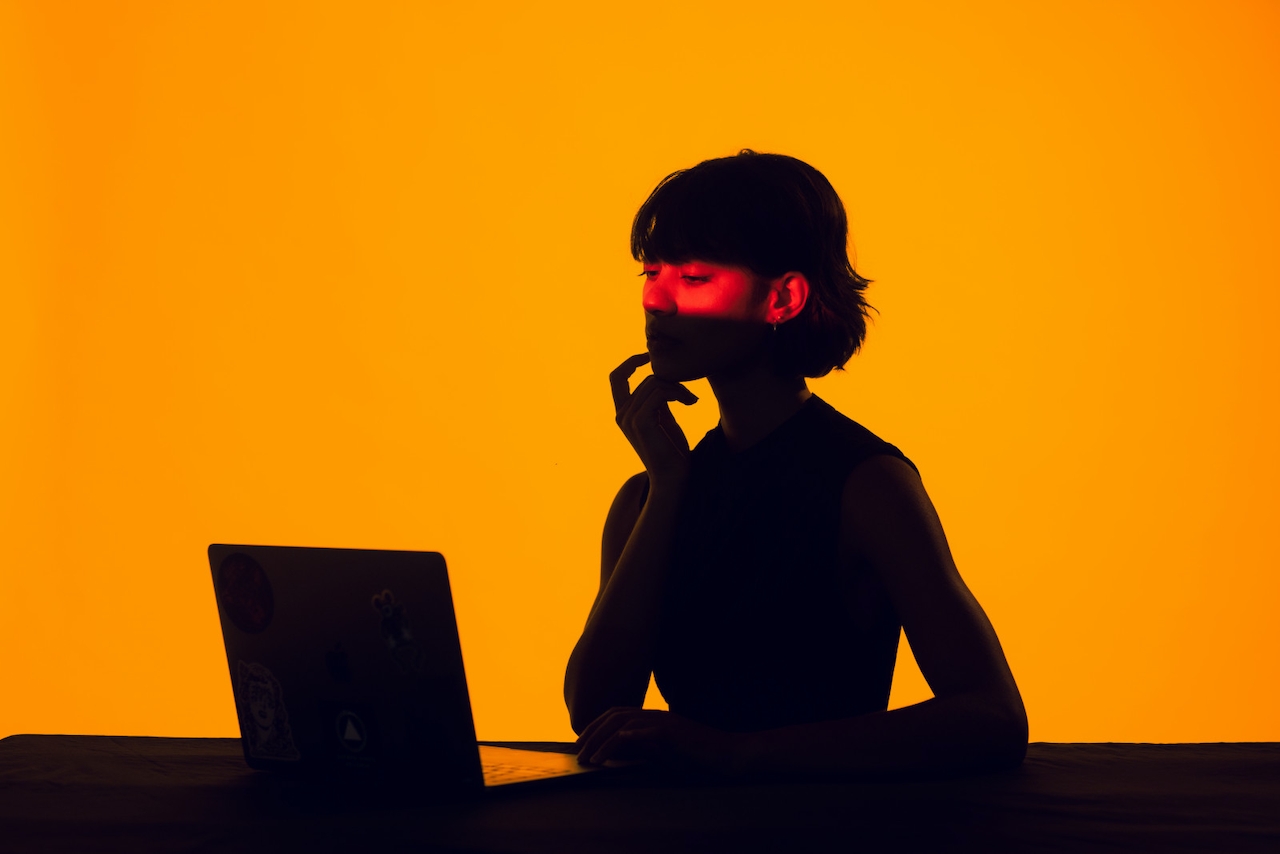“Work is about a search for daily meaning as well as daily bread, for recognition as well as cash, for astonishment rather than torpor; in short, for a sort of life rather than a Monday through Friday sort of dying.”
Studs Terkel, Working (1974)
“Everyone wants jobs but they want something else too: meaning. Work-Life balance. In other words, a workshift.”
Julia Hobsbawm, The Nowhere Office (2022)
Presenteeism. Low productivity. Stress. The world of work was sick long before Covid arrived.
So why should a return to business as usual also mean a return to the office?
In our new normal, where “the office is nowhere, but technology is everywhere”, organisations face a massive challenge. The horse has bolted when it comes to home working. Employees are demanding meaning as well as money to secure their loyalty, energy and skills. And the role of the physical workspace is in crisis. The workshift, for better or worse, has arrived.
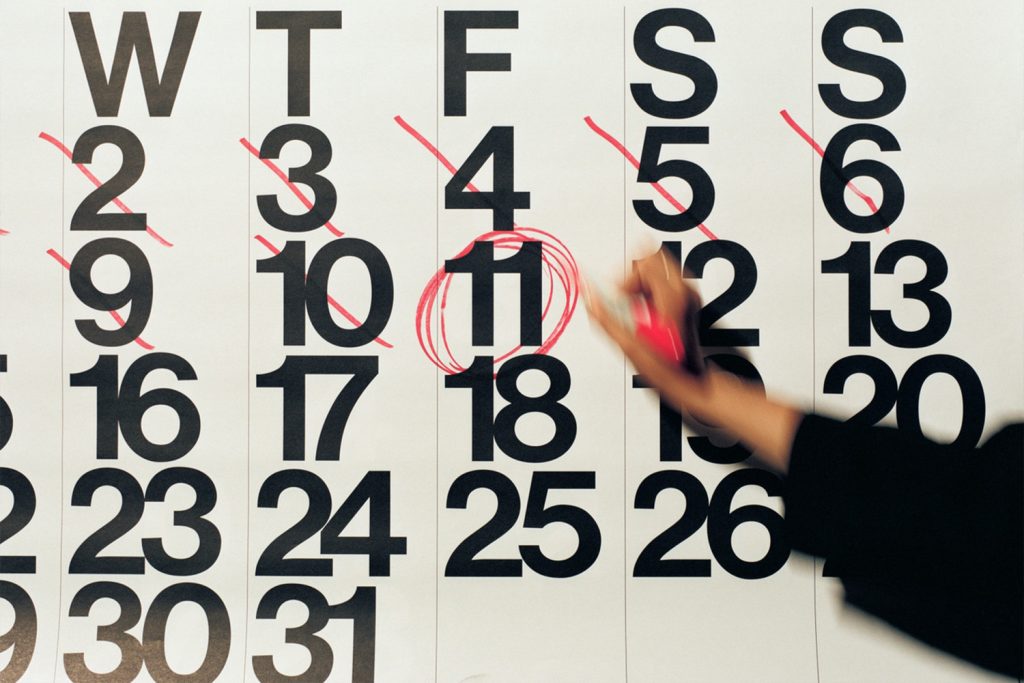
We know that this is true of those creating employee experiences for their own workers, as much as it is for experience designers who create them for others. In fact, juggling the demands of going hybrid in a post-pandemic landscape is one of the challenges that experience experts most frequently tell us keeps them up at night when applying for the WXO.
So to help us navigate the way forwards and sleep a little better, we invited best-selling author and consultant Julia Hobsbawm to add fuel to our Campfire with learnings from her latest book, The Nowhere Office. An FT “Book to Read in 2022”, it helps companies understand how to use this extraordinary moment in time to completely rethink the way they do business.
Hobsbawm has spent over 30 years working with organisations to develop strategies for better outcomes – what she calls “Social Health”. She was also awarded an OBE in 2015 for Services to Business and is a founder of the US-led Workforce Institute – so she knows more than most about the trends, opportunities and pitfalls facing anyone who designs employee experiences.
Here are our top takeaways. Want to unpick them further? To continue the discussion, WXO Members can join the ongoing conversation here.
The Nowhere Office Is “Now” And “Here”
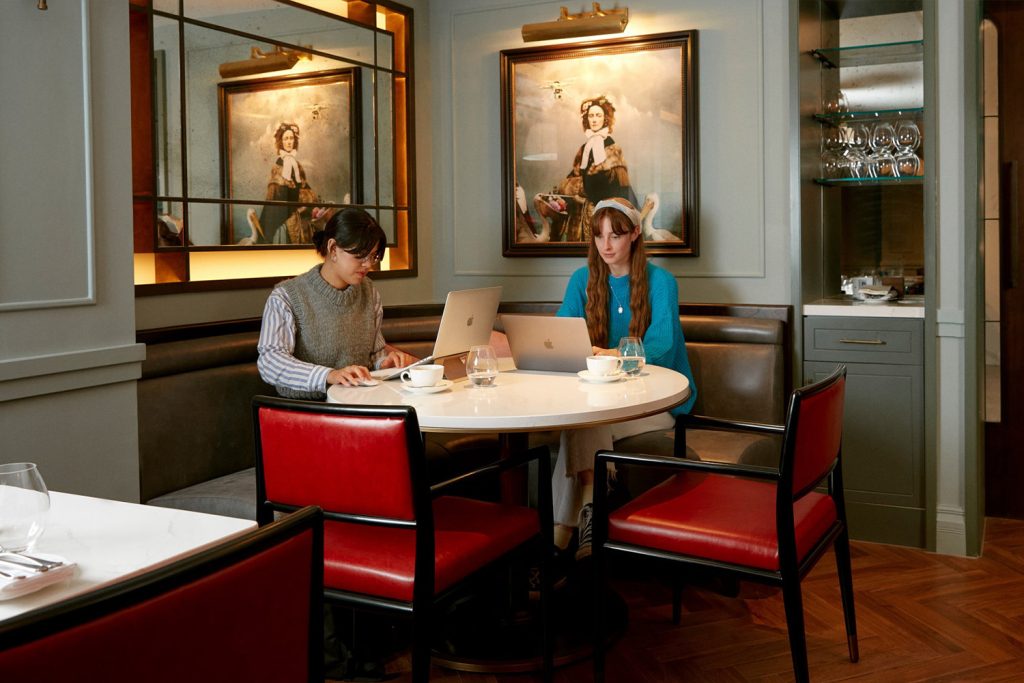
Hobsbawm’s work centres around functionality and how people’s relationships to the systems around them affect them. The Nowhere Office is the third in a trilogy looking at digital connection and specifically how people connect to each other using technology and systems (the first two are Fully Connected and The Simplicity Principle, should you want to delve deeper).
Despite what you might first think, The Nowhere Office doesn’t advocate for no office at all. Instead, it’s an anagram of “now and here” and the liminal, transitional period of time we find ourselves in following the pandemic. Work is nowhere compared to where it was, and the way we live and work is becoming very blurred. Knowledge workers no longer want to work from an office five days a week: not only because of the increase in home working during the pandemic, but also thanks to tech culture and generational shifts.
But this isn’t a cause for despair. Instead, it’s a rallying cry for reset and to do things better.
“To manage, create, call things out, and acknowledge that we’re in a unique moment of which the pandemic was just a tipping point.”
Julia Hobsbawm
The 4 Phases Of Work

The Second World War was the last time the world was united around a common theme to reset and rebuild. Since then, there have been four phases of work.
Phase 1: The Optimism Years (1945 – 1977)
A time of building towards global institutions and consumerism without disagreement, with the workplace central to the narrative. There was a wilful blindness and simplicity to the Mad Men years – no-one talked about equality, and instead it was all about power.
“Today we need a bit of that optimism or blind faith, or we’re very much nowhere.”
Julia Hobsbawm
Phase 2: The Mezzanine Years (1977 – 2006)
An era when the office was an uneasy, compounded place, and when technology moved closer to us. It also sees the rise of HR, women’s rights and flexible working.
Phase 3: The Co-Working Years (2007 – 2020)
When the internet killed the office as we know it. Airbnb, and Twitter were born, Tim Ferris’s The 4-hour Work Week was written, and in 2010 WeWork launched.
“If I had to make one single prediction, it’s that we will look back at the co-working years as the model from which all future work is based.”
Julia Hobsbawm
Phase 4: The Nowhere Office (2020 – present)
Where we are now, which is unlikely to last beyond 2025.
Don’t Be Like Elon Musk

As our relationship with work has shifted, so has our relationship with the workplace. It’s no longer a place for pointless presenteeism, but for connection and creativity – something that can cause generational tension.
Some older management cling to the idea that if they can’t see their workers, they’re not really working – think of Elon Musk’s comment that remote workers are “just pretending to work”.
Unfortunately for Musk and his cronies, the statistics are against them. In London, for example, 6 out of 10 workers will walk if they’re not given flexibility. We’re going to see a 50% drop in office occupancy. And around a third of businesses today expect to offer some sort of remote or hybrid working package to avoid catastrophic churn. It’s time to let go of old fantasies and face new realities.
The Coworking Years were a time of burnout, when the professional working classes felt more like blue-collar workers: exhausted and with no agency. Now, people want their lives back, but they also want and need to work.
“A lot of it will be about making wellbeing more muscular. Workers don’t want the same; they want the meaning. It’s not just about repurposing, but about connecting to purpose.”
Julia Hobsbawm
Managed Serendipity: How To Create Birdsong Without A Cage
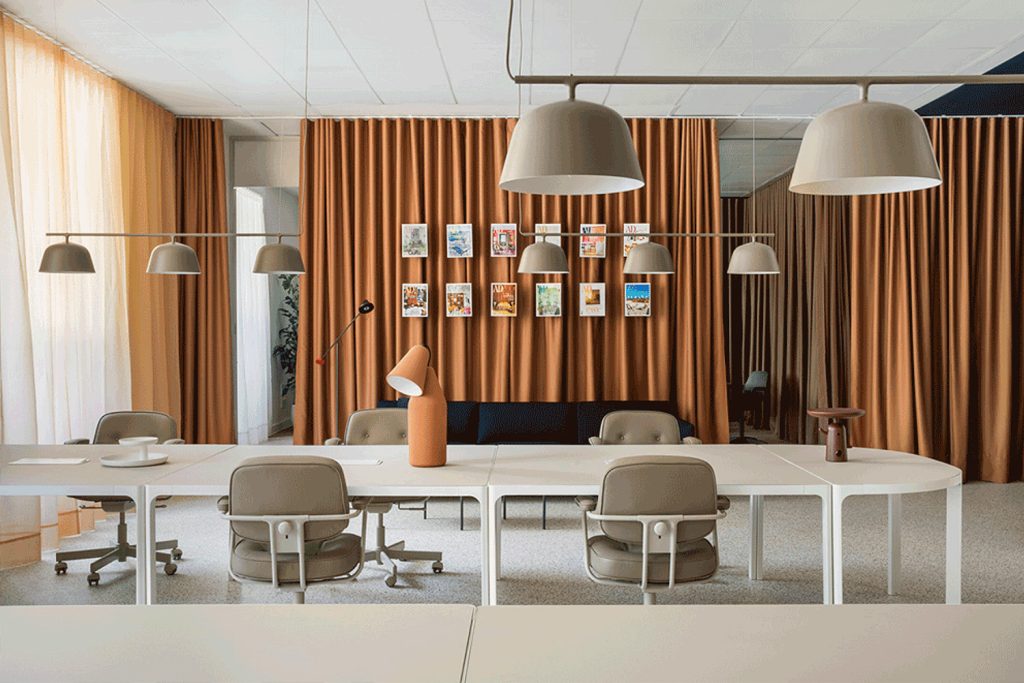
“Birdsong” is the exchange of knowledge, opinion, information, intelligence and emotion that occurs naturally in real life when people collide in the same space and develop a shared community and culture, but which is very hard to replicate digitally.
However, this opens up an opportunity to think about how we design spaces and the ways in which we bring people together to connect and learn. The serendipity that leads to birdsong will still exist, but will have to be managed in a different way.
Over the four phases of work, the worker has grown up and gained power. They can now choose and dictate when, how and where they work far more than they ever did. From a childlike age of innocence and optimism when it was a desk-based drone, the worker is now like a young adult who has left home, but is still connected to the family. When they return, it’s for a special occasion like Thanksgiving or a birthday dinner.
In the modern culture of work, this might translate to flying to Miami for a big gathering, or having five days in the Catskills doing team bonding.
“What matters is that people are coming back somewhere to get stuff done and have the serendipity they had in the office, but in a managed space. This managed serendipity is more efficient than having lots of serendipity from being in every day at the same time.”
Julia Hobsbawm
To achieve this, you have to put learning and networking at the centre of everything. If teams are coming to an office for a purpose, that purpose cannot simply be to work alongside each other. Turning up because you have to be there rather than meaningfully choosing to be there is not the same thing.
“We’re going to see a continuation of globalisation, but a kind where the idea of a standardised norm is nuts. Instead, we’re going to see an ultra personalisation. The experience of coming together to environments that respect that is great, but at the core is: are we worth your time? Effort? Skills? If not, people are going to walk away.”
Julia Hobsbawm
To design a water cooler experience, you don’t need to walk through a turnstile and up 17 floors. Water cooler experiences are trust, connection and learning. Expect to see a comeback for away days and leisure conferences that reframe what success looks like and use experiences to drive people’s loyalty, intimacy and productivity (and keep posted for our very first IRL WXO Gathering, coming soon!).
From Offices To Office Proxies
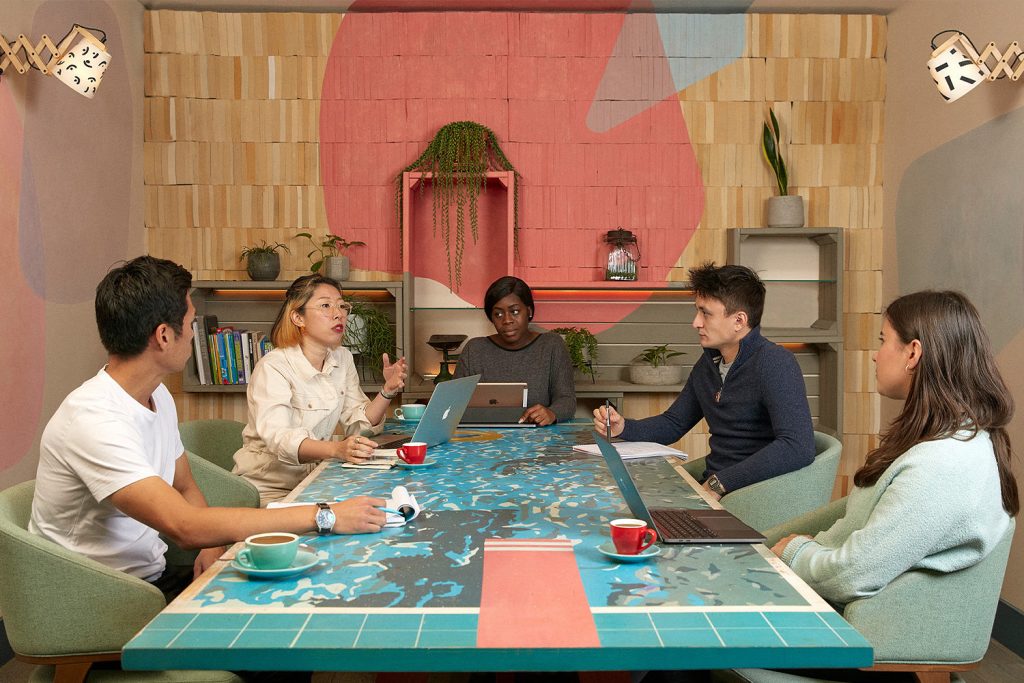
We can also expect to see the rise of “office proxies”: non-traditional office spaces that will be the stage for this new focus on offices as places for connection and learning rather than presenteeism. Think of the upswing in hyper-local, co-working hubs that offer extras like yoga classes, gigs and talks as well as desk space, or the wave of hotels repurposing empty space – in London alone there’s And.Co, Soho Works and Working From_.
“People coming to the office will become an event. Any space will be convertible to office space: it’s an opportunity for placemaking.”
Mike Gunawan
These proxies are an important addition to working from home (the first place) and public spaces like cafés (the third place).
“The office is a mental space as well as a physical place. It’s important for people to have this second place: it’s a structured escape.”
Harsh Manrao
WXO Member Zebradog specialises in the built environment and is already seeing this change in action, having recently executed projects for construction and real estate companies with the brief of being more social, collaborative and focused on learning, with extras like speakeasies and pubs.
“If you come in, you’re going to meet, learn things, socialise, forge connections and create rituals. It’s about creating serendipity and spontaneity.”
Lori Buscaglia
ACCEPT: The 6 Trends To Design A Great Office Experience
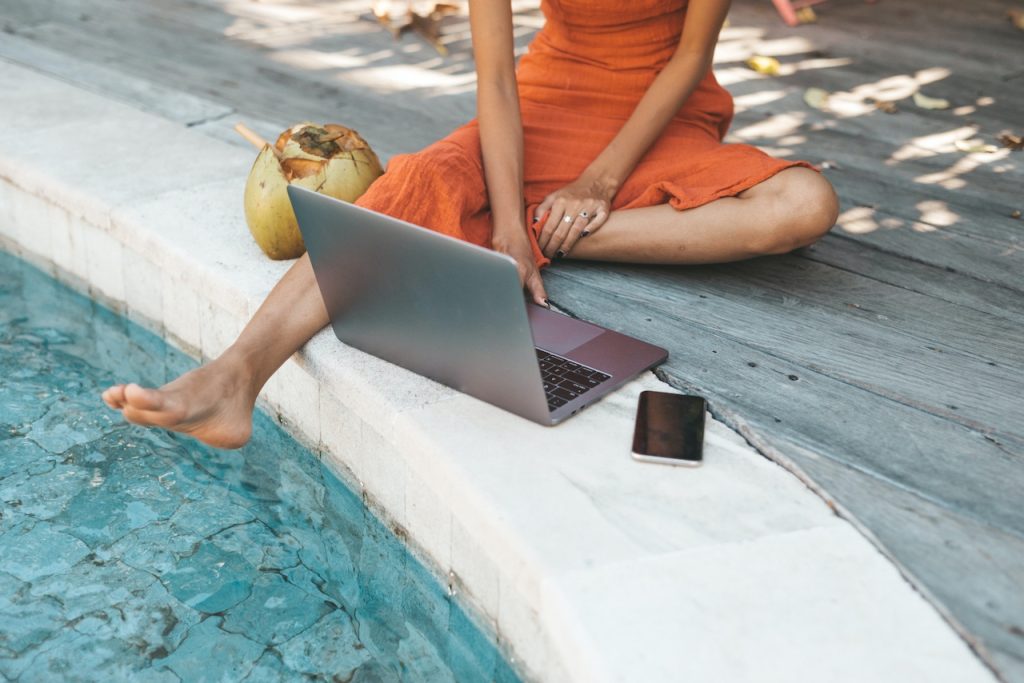
Organisations looking to redesign their employee experience in light of the above can use Hobsbawm’s ACCEPT acronym. This is based on her earlier six key elements for organisational success (Alignment, Community, Clarity, Ease, Productivity, Sensible use of Time), but tweaked for The Nowhere Office.
Autonomy: a.k.a. agency and control. Employees do not want to be surveyed, told what to do or spied on.
Commute: workers will travel to conferences or away days, but not in and out of work in a fixed way as they did before. That’s why the current 3/2 model isn’t working.
Cost: the cost of working has become central. Workers now expect support for elements like heating, internet, office equipment, etc.
Environment: the smart redesign of workspaces as discussed. Hobsbawm believes the workplaces of the future might even have bedrooms in them – why go to a hotel when you could be in that unused space?
Purpose: everybody is now purpose-driven, and reevaluating rather than resigning. Everyone wants their work to mean something: that’s the big experience. What matters is, does the work matter?
Tech: tech has come on so substantially that there is no work without it.
Pay Attention To The Small Plot Points, Not Just The Grand Narrative
Purpose might be central to what workers now want, but companies should be careful not to ignore their basic needs: agency, safety, and belonging.
“Do you have agency in the brand narrative? Having small routines is also extremely important, not just doing something crazy on an island every six months. You should create micro experiences that make you feel like you belong.”
Klaus Paulsen
To get to belonging, people need to feel safe and secure. According to The Nowhere Office, 60% of the stress that an employee might be experiencing comes from home – so companies also need to pay attention to what happens outside the office.
“You should think about the whole person. It’s about how travel companies say they care about your wellbeing, but they don’t or there would be a wellbeing package.”
James Wallman
The WXO Take-Out
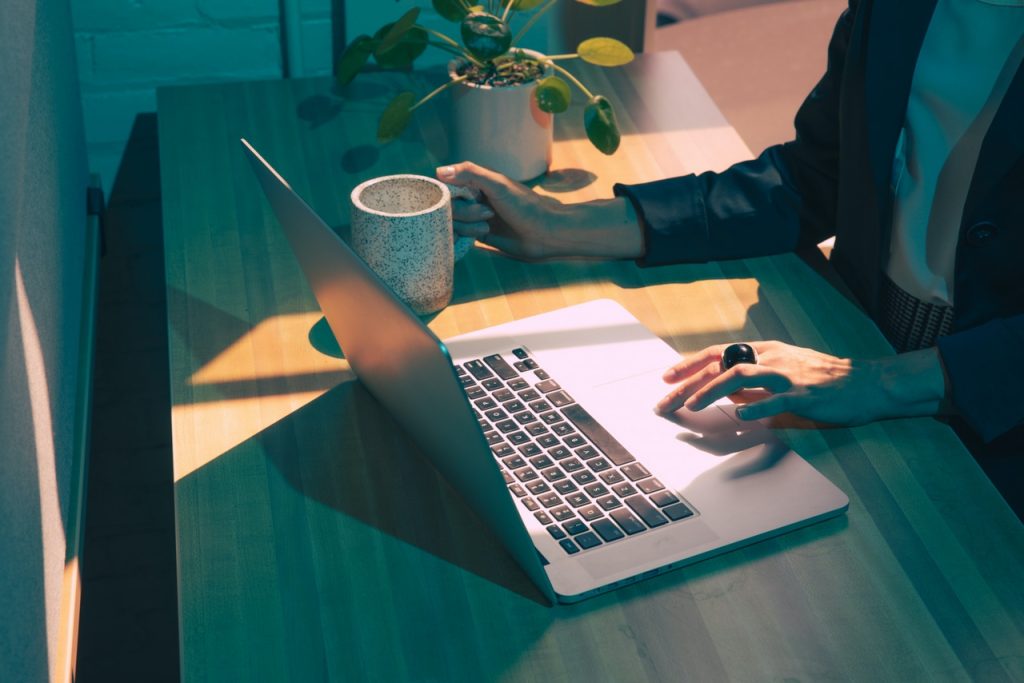
In The Nowhere Office, Hobsbawm talks about six main areas that need redesigning: time and place, identity, purpose, productivity, networks and management, and wellbeing. To successfully create an employee experience fit for the moment we’re in, we need to pay attention to all six.
The wider move from materialism to experientialism also means that as with every sector, it’s not enough to just provide a service. Innovation needs to happen so that offices aren’t just places that people are required to be, but places they want to come to because of the experiences that will happen there.
“People pay to have experiences, but at work you get paid to be there. Why shouldn’t work be as immersive and fun? How can we turn an employee into feeling like they’re a hero?”
James Wallman
This is a huge opportunity for experience designers – and for work culture at large. As Hobsbawm says:
“We’re all floating in a weird place, and we can decide where to land. It’s a volatile, unpredictable, but great moment.”
Julia Hobsbawm
So next time you’re designing an employee experience, ask yourself:
- How might you improve your own happiness in the workplace? How might you extend this to your team?
- If happier employees are more productive, should employers take an interest in their wellbeing outside of work?
- When working autonomously, how can you create a shared sense of purpose and community among employees?
To continue the discussion, WXO Members can join the ongoing conversation here. Want to be part of the most inspiring experience conversations in the world? Apply to become a member of the World Experience Organization here – to come to Campfires, become a better experience designer, and be listed in the WXO Black Book.

